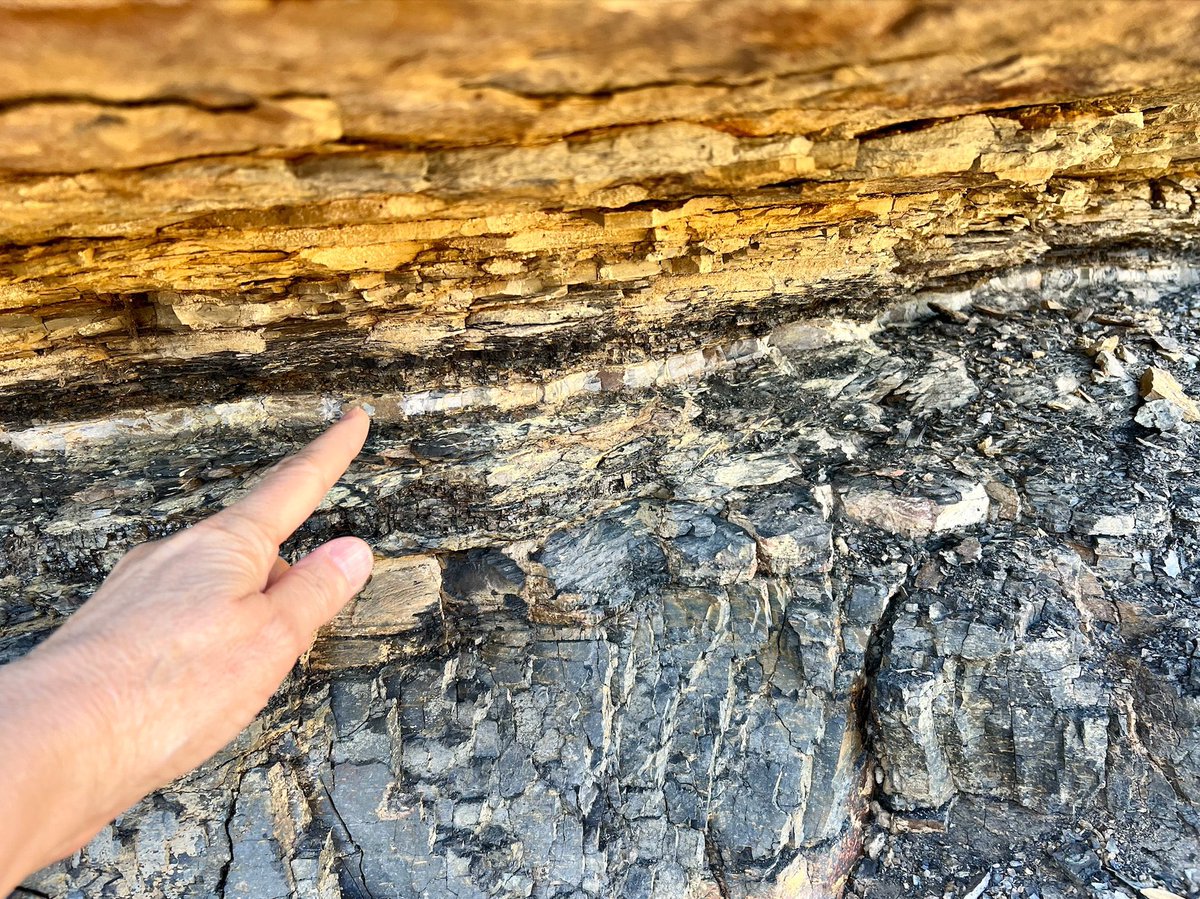
Kayla Y
@galacticrocks
Followers
200
Following
3K
Statuses
198
Economic Geologist // UWyoming MSci 2022 // TCD 2019 // We’re all different. But there’s something kind of fantastic about that, isn’t there? 🏴☠️
Potentially Underground
Joined January 2011
It’d be interesting to see a breakdown of all the different components in the space station that are made possible by mining…
T+10d: I never thought that past years of tinkering with electronics, DIYing around the house, or performing car maintenance would help with being an astronaut, but mechanical aptitude is an essential skill for astronauts. When something breaks on the @Space_Station, one cannot request a specialist, you are the technician, plumber, electrician, etc. Fortunately, we have teams that specialize in On-Orbit Maintenance (OOM), teaching critical skills to astronauts so they can maintain essential equipment in space. Fun fact, these OOM specialists are called Operations Support Officers (OSO), and because OOM is so common, OSO officers are seated next to CapCom in Mission Control Center Houston to help ease communication between crew members and CapCom. On this day, we practiced common maintenance tasks on the Carbon Dioxide Removal Assembly (CDRA). CDRA is important because it removes carbon dioxide from the space station's atmosphere. Humans require oxygen because it is an essential metabolic ingredient, in other words, life processes can't occur without oxygen. After we metabolize oxygen (O2), our bodies add a carbon atom to it, creating carbon dioxide (CO2) as a waste product. CO2 is poisonous in high concentrations, thus we need an engineering solution to remove it or reduce it back to oxygen. At a high level, CDRA removes the humidity (water vapor) from the air which is eventually recycled, captures the CO2, and then vents the CO2 overboard to space. Because CO2 is vented overboard, this is not a closed system and over time, the O2 (as part of CO2) that is vented will need to be replaced by cargo space vehicles. The engineering behind CDRA is pretty cool. It uses a microporous, crystalline material called zeolite, that constantly adsorbs CO2 from the environment. Once the zeolite is saturated with CO2, the CO2 must be removed (called regeneration) in a process called pressure/thermal swing adsorption so that the zeolite can continue to adsorb more CO2. The zeolite is heated which reduces the CO2 adsorption of zeolite, then the zeolite is exposed to vacuum and the resulting pressure gradient drives the CO2 overboard (high pressure to low pressure). For more information, here is a great article by NASA:
0
0
0
RT @paola_rojas: b) Lower risk: → Cobalt, copper, arsenic, titanium, fluorine, phosphorous and iridium In contrast with the first group,…
0
2
0
RT @NASA: Remember when we brought pristine asteroid samples back to Earth? The first big science is in! The samples suggest that the earl…
0
1K
0
RT @teddyfeld: Ever wonder how we go from a random piece of land to a mine? We launched a site to introduce you to the world of mineral ex…
0
12
0
@PettitFrontier Well obviously if we stopped all funding for space exploration we could solve hunger, poverty, oppression, and war!
2
0
26
While Greenland is well-endowed with rare earths, no one has been able to figure out how to economically extract the REEs from the unusual mineralogy in the Ilimaussaq Intrusive Complex.
Trump’s interest in Greenland ties to its rare earth deposits, crucial for technologies like semiconductors, F-35s, and AI. With 90% of rare earths controlled by China and Russia, Greenland offers strategic independence.
1
0
1
RT @Cmdr_Hadfield: Nothing much cooler than seeing a huge meteor scar on Earth from space. Manicouagan Crater, Quebec - created 214 millio…
0
370
0
RT @PettitFrontier: In case you hadn’t heard, @astroforge is sending a probe to flyby a metallic asteroid for prospecting. 2 years ago tha…
0
28
0










